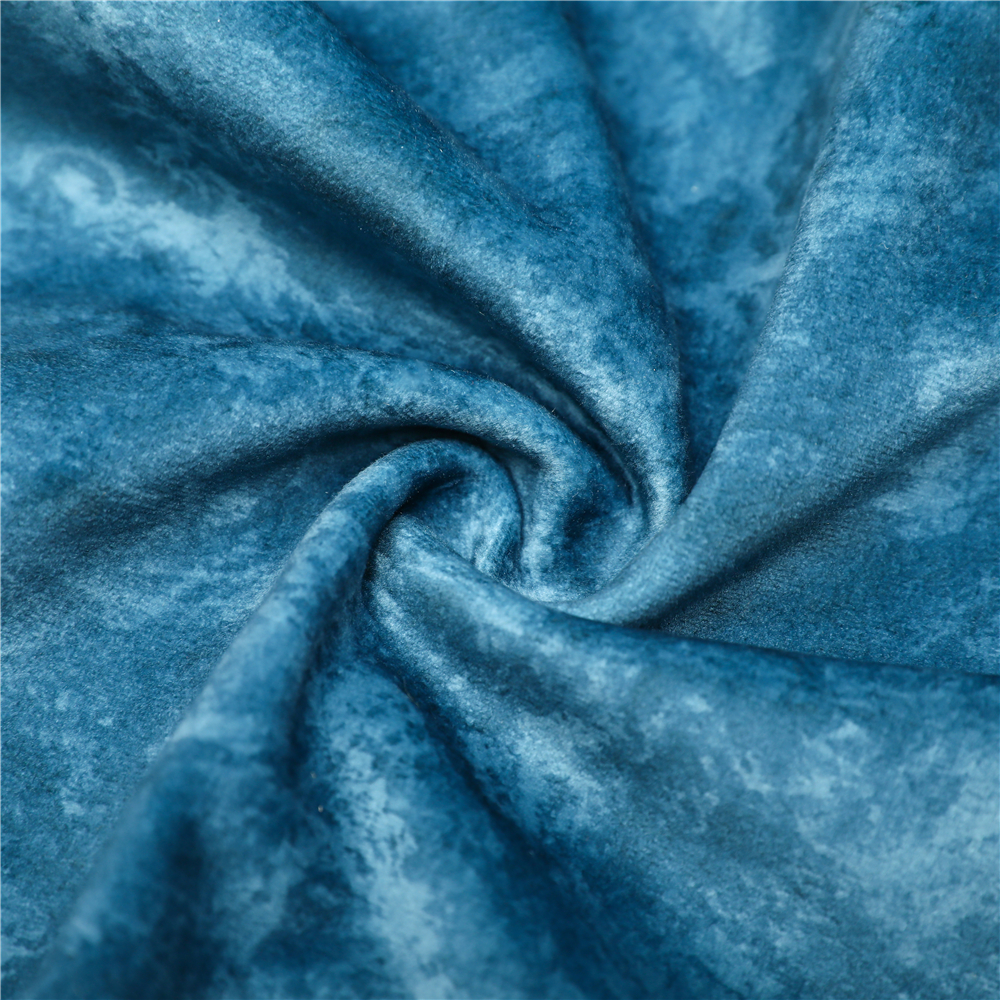Fabric wall coverings have a wide range of shapes, designs and materials, which allow them to offer a personal decorative finish. However, it is important to understand the characteristics of each material before making a choice. Choosing the right material for your high-traffic areas is essential to ensure the longevity of your installation.
Some of the most common materials include vinyl and textile. Both are highly durable and protect walls from dings, dents and scratches caused by things like desk chairs and carts in high-traffic areas such as offices and hospitals. Vinyl is a plastic-like compound, while textile is a woven fabric.
While both are suitable for high-traffic areas, vinyl offers superior durability, and is less expensive than some of the more luxurious fabrics used to make wallcoverings. When choosing a material for your high-traffic area, you should balance your aesthetic preferences with the requirements of the space and its use.
jute
Fibers from the rapidly-renewable jute plant that are spun into coarse threads and laminated to a paper backing to produce a wallcovering. Jute is extremely durable and is an environmentally-friendly alternative to synthetic materials.
kenaf
Fibers cultivated from the stem of a fast-renewable plant in the Hibiscus family that have similar qualities to jute. When combined with PLA and backed with recycled paper, kenaf is an organic and sustainable alternative to synthetics.
swatch
Sample piece of a wallpaper or other wallcovering, used to test color and texture. swatches are typically cut from the edge of a roll, and may contain register marks to help ensure accurate color registration.
stipple (aka silk striations) Featured in some vinyl wallcoverings that reproduce the appearance of fabric with raised dots. stipple can create the look of a hand-woven textile and may be combined with other effects such as embroidered stitching and faux painting techniques.
strippable
Ability to be dry-stripped without leaving adhesive residue or damage to the wall's surface. Typically, this is a requirement for contract applications.
tan
Neutral colors such as whites, beiges and browns that coordinate well with most other colors.
trim
A small strip along the edges of a wallcovering that must be trimmed on a table or double-cut after installation to ensure proper coverage. Depending on the method of installation, trimming can also eliminate any gaps or mismatched seams.
weave pattern
Arrangement of warp and weft yarns, in either a plain or patterned design, that gives a fabric its overall shape.
repeat
The distance between a specific point on the wall and the same point on the wallcovering, measured in inches or meters. The size of the repeat should be considered when determining how much wallcovering to order, since a larger repeat will require more than a smaller one.
tonality Color that has been reduced in intensity by adding black or gray, often giving it a more muted look.

 英语
英语 中文简体
中文简体

















